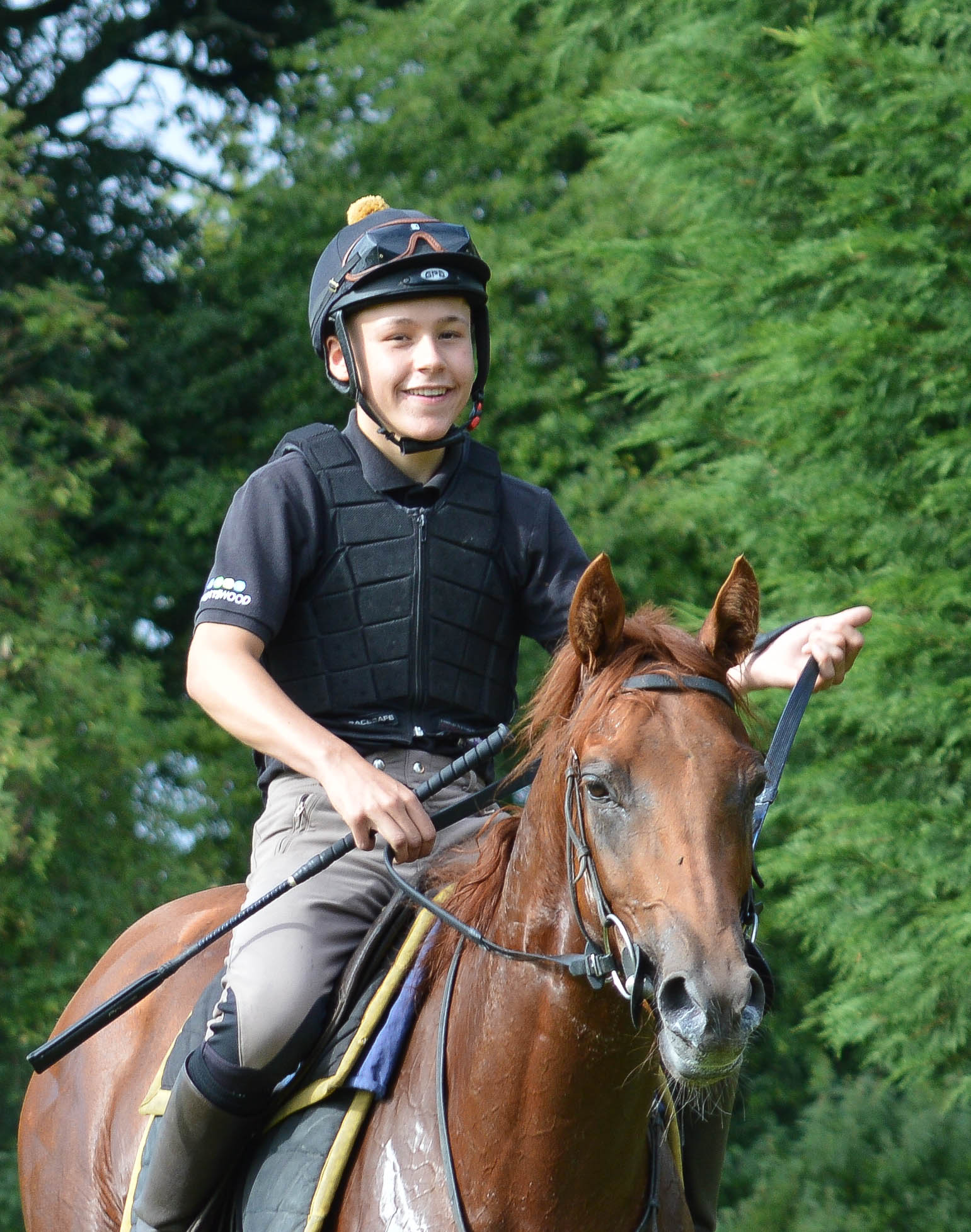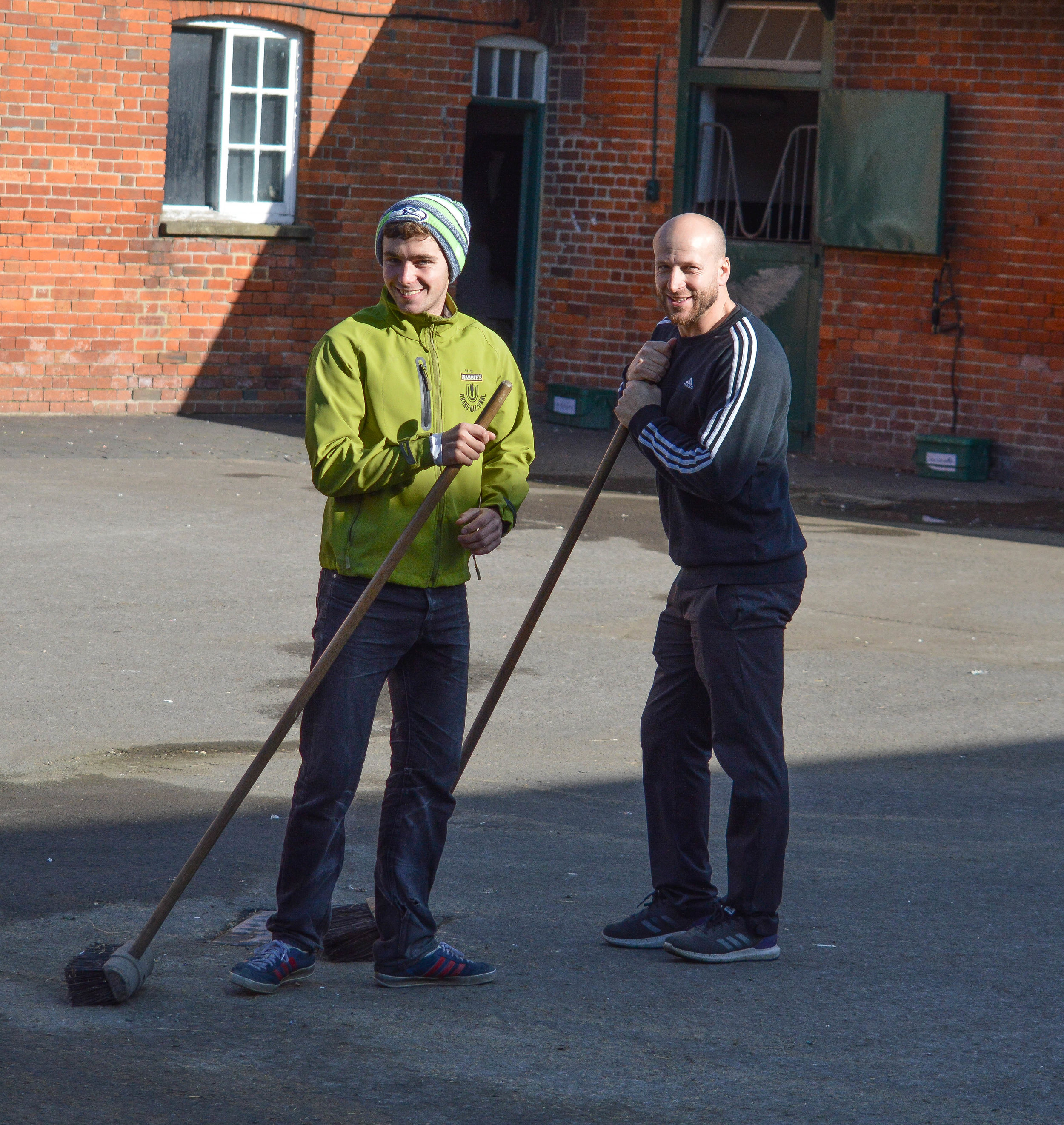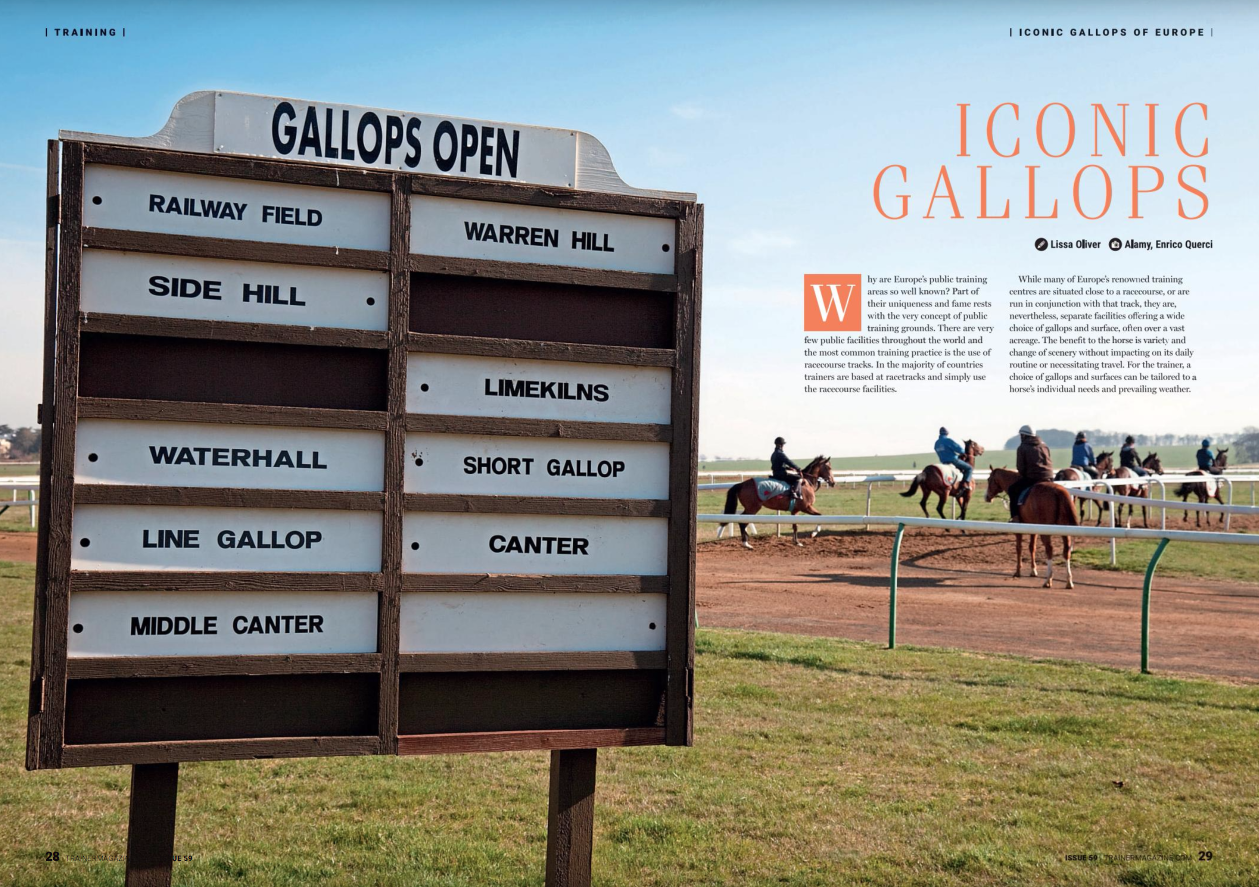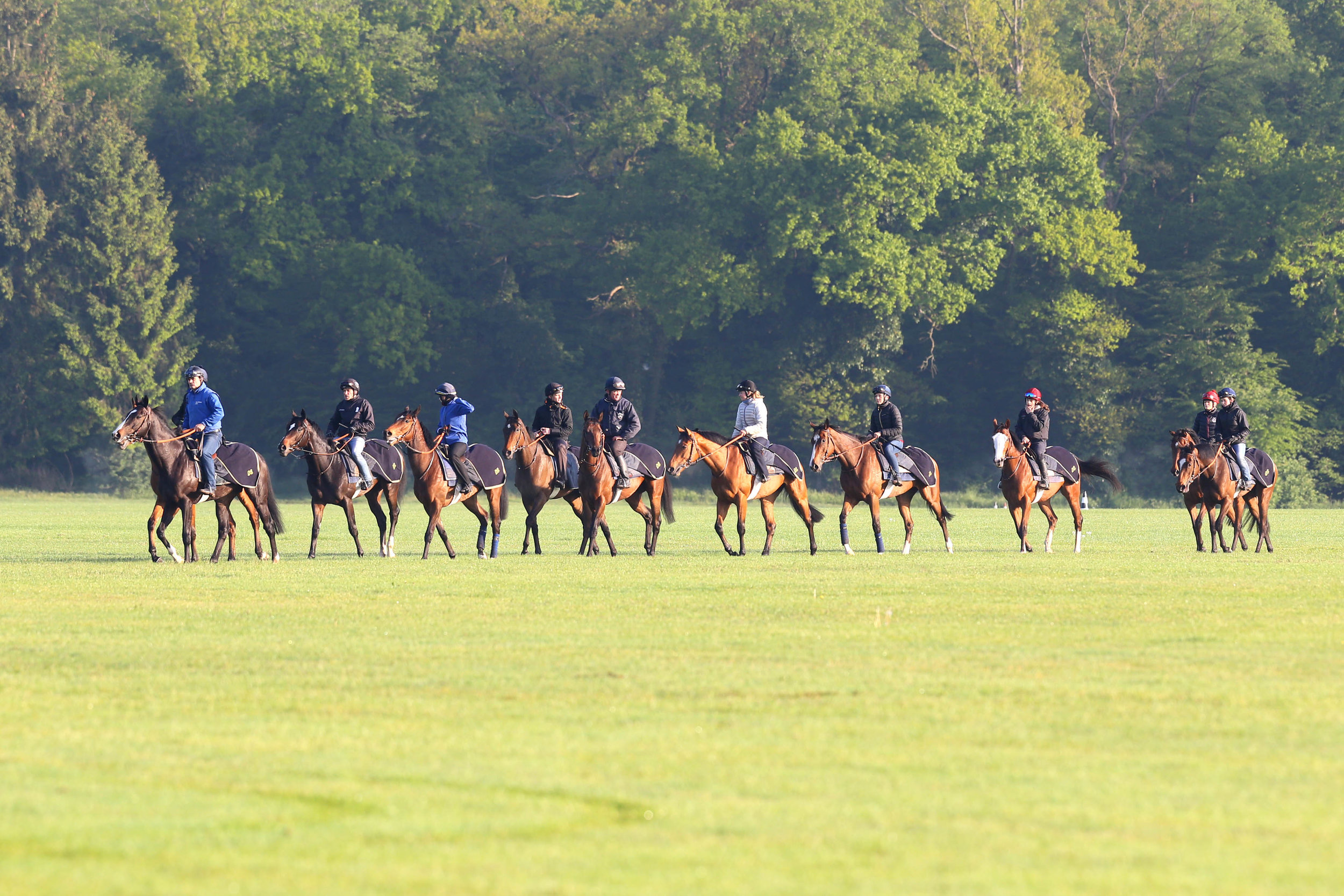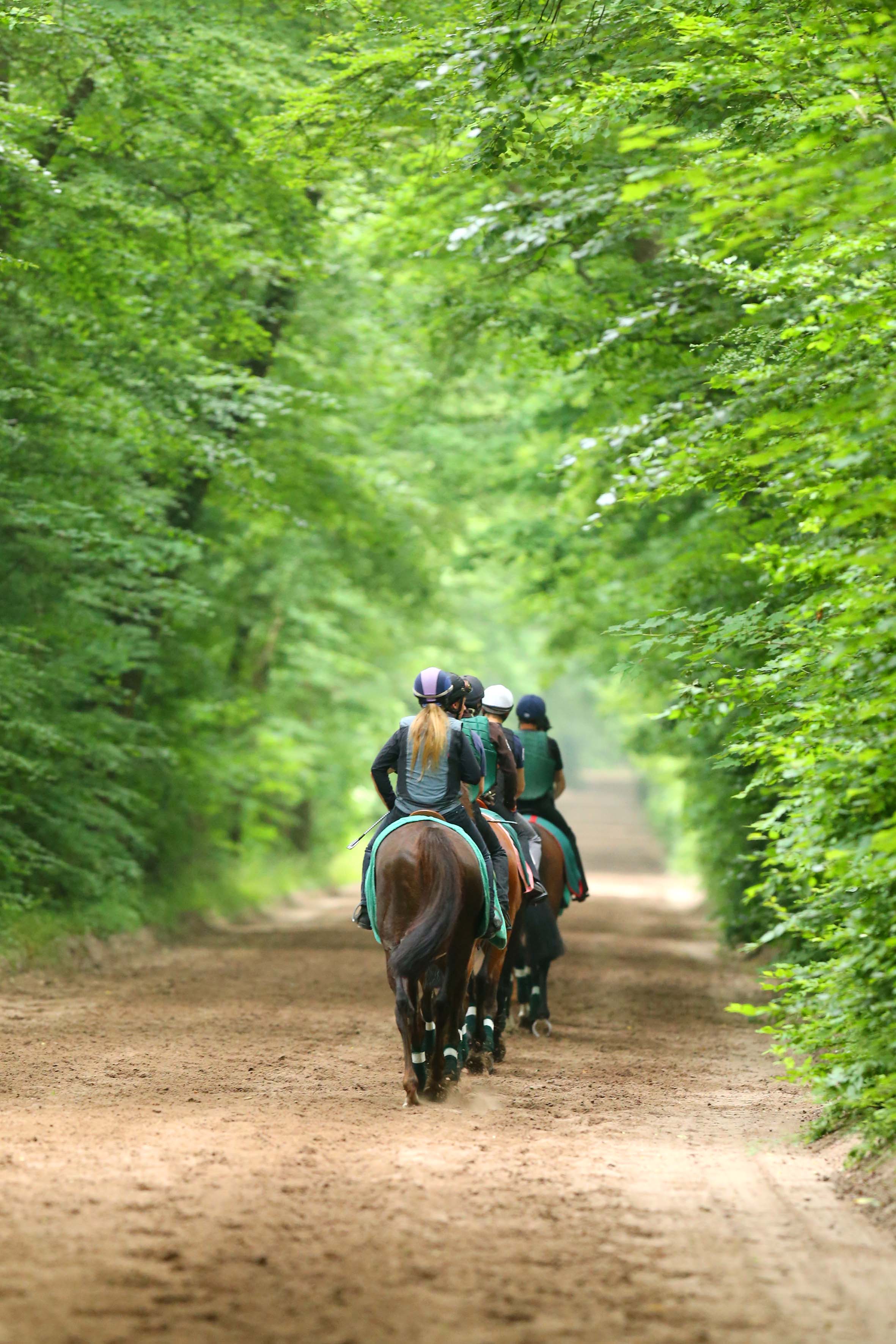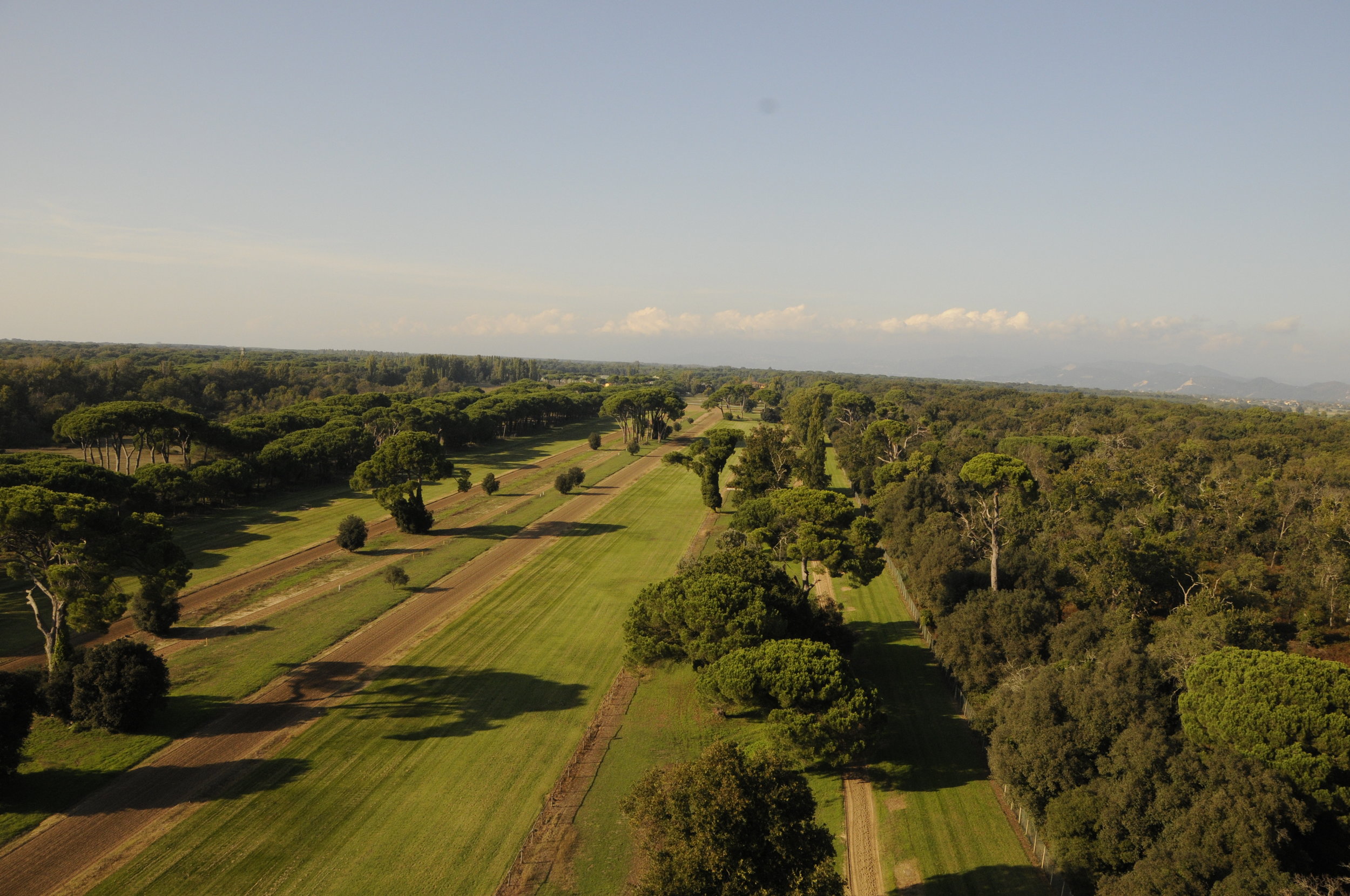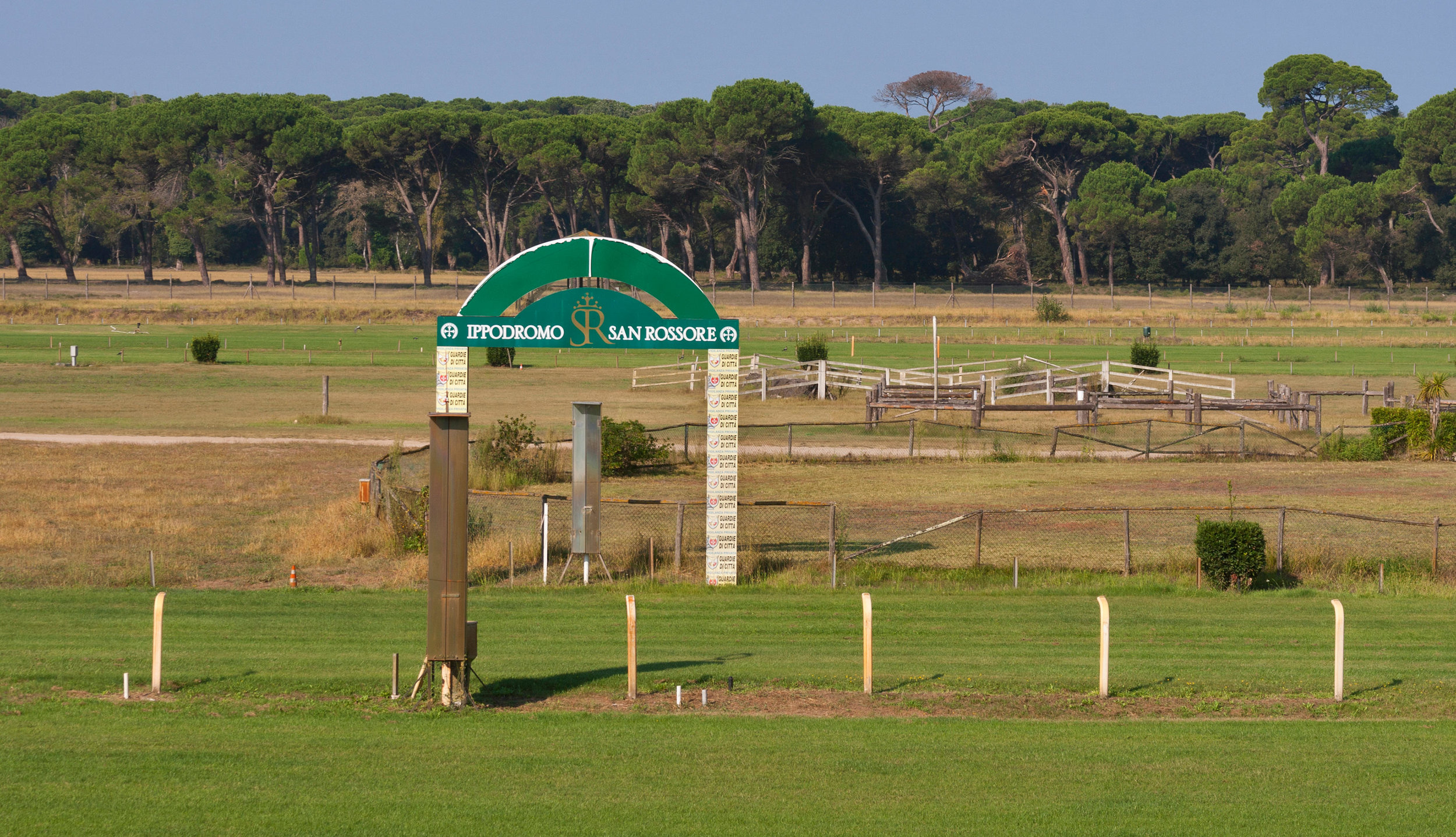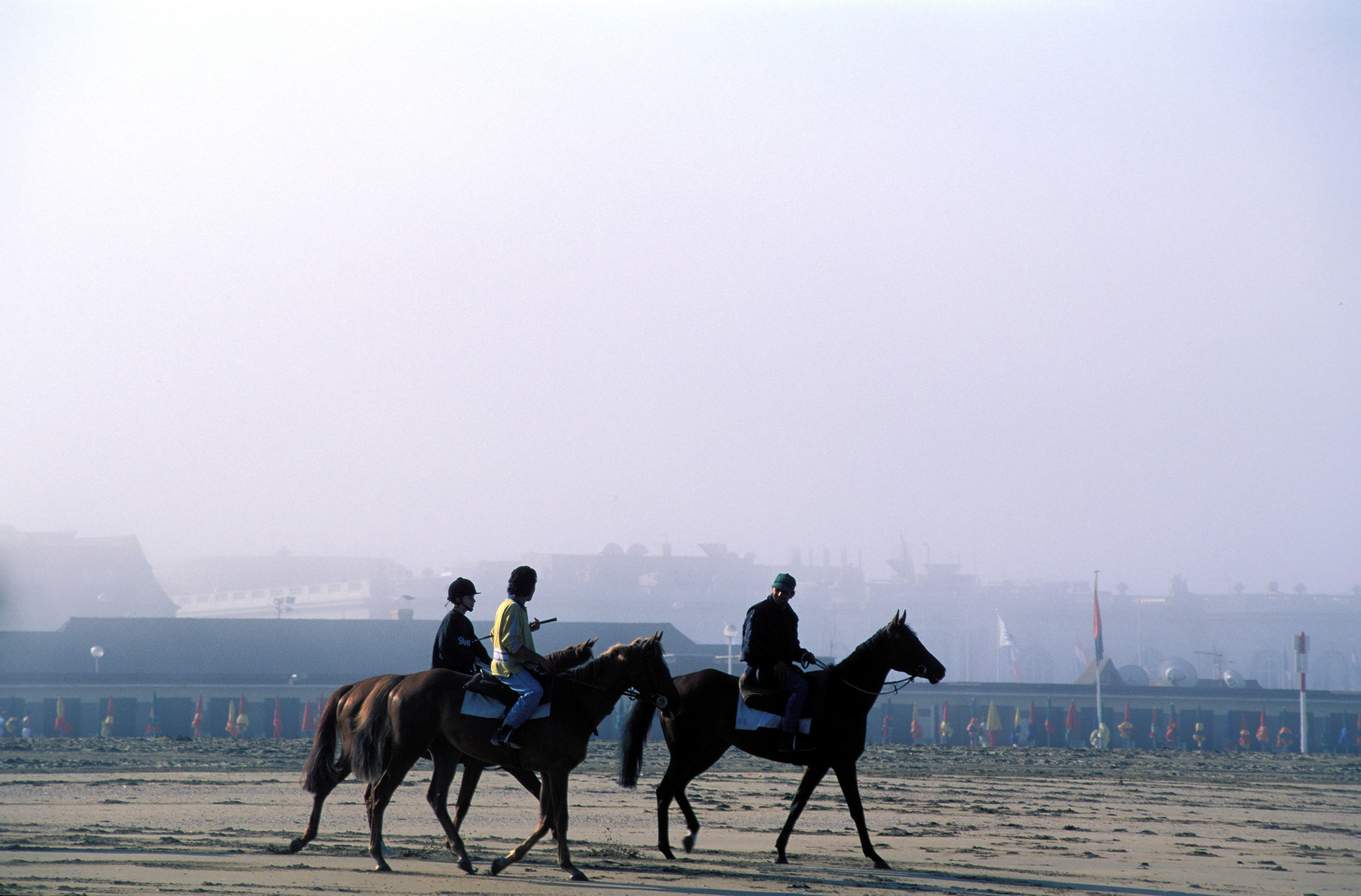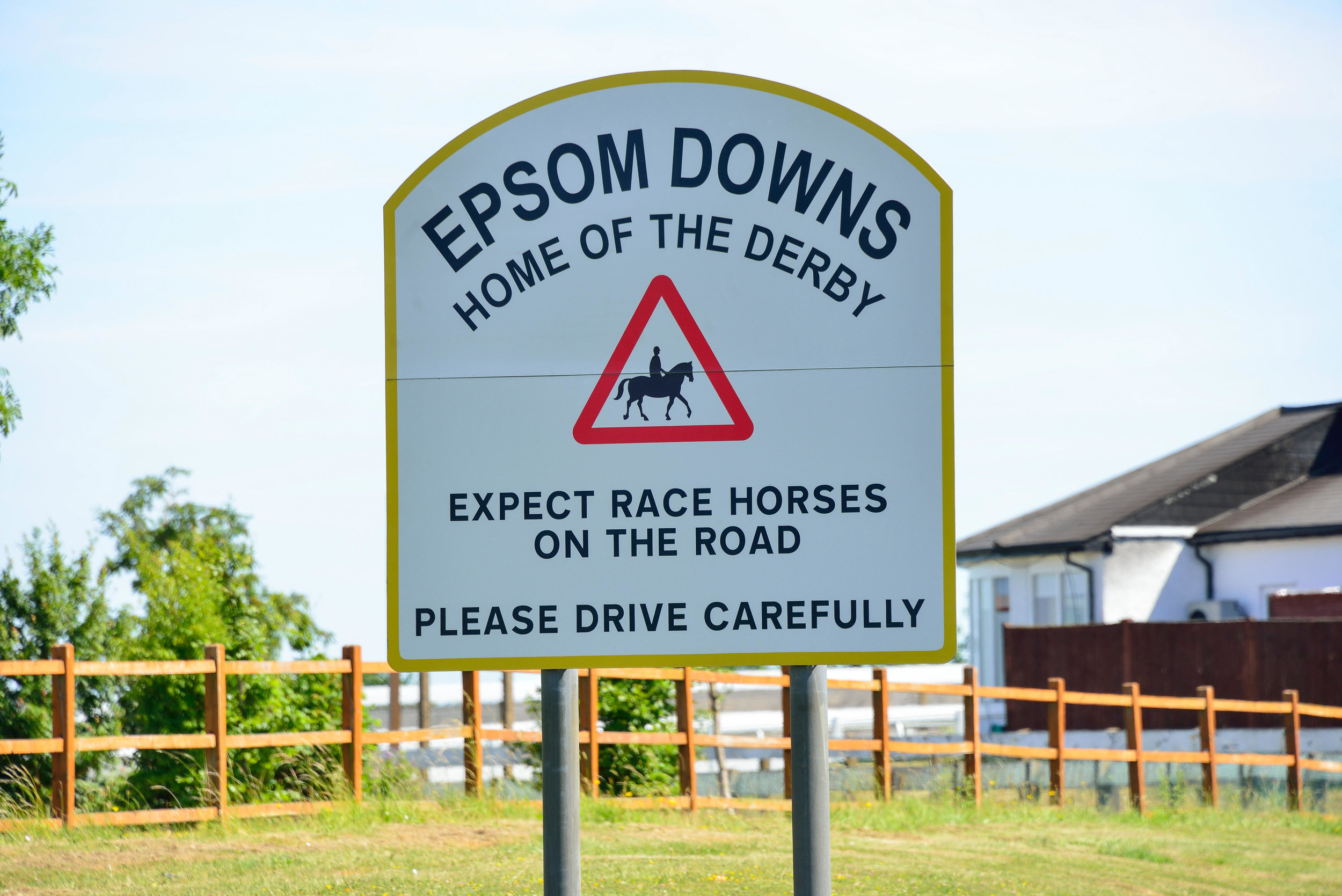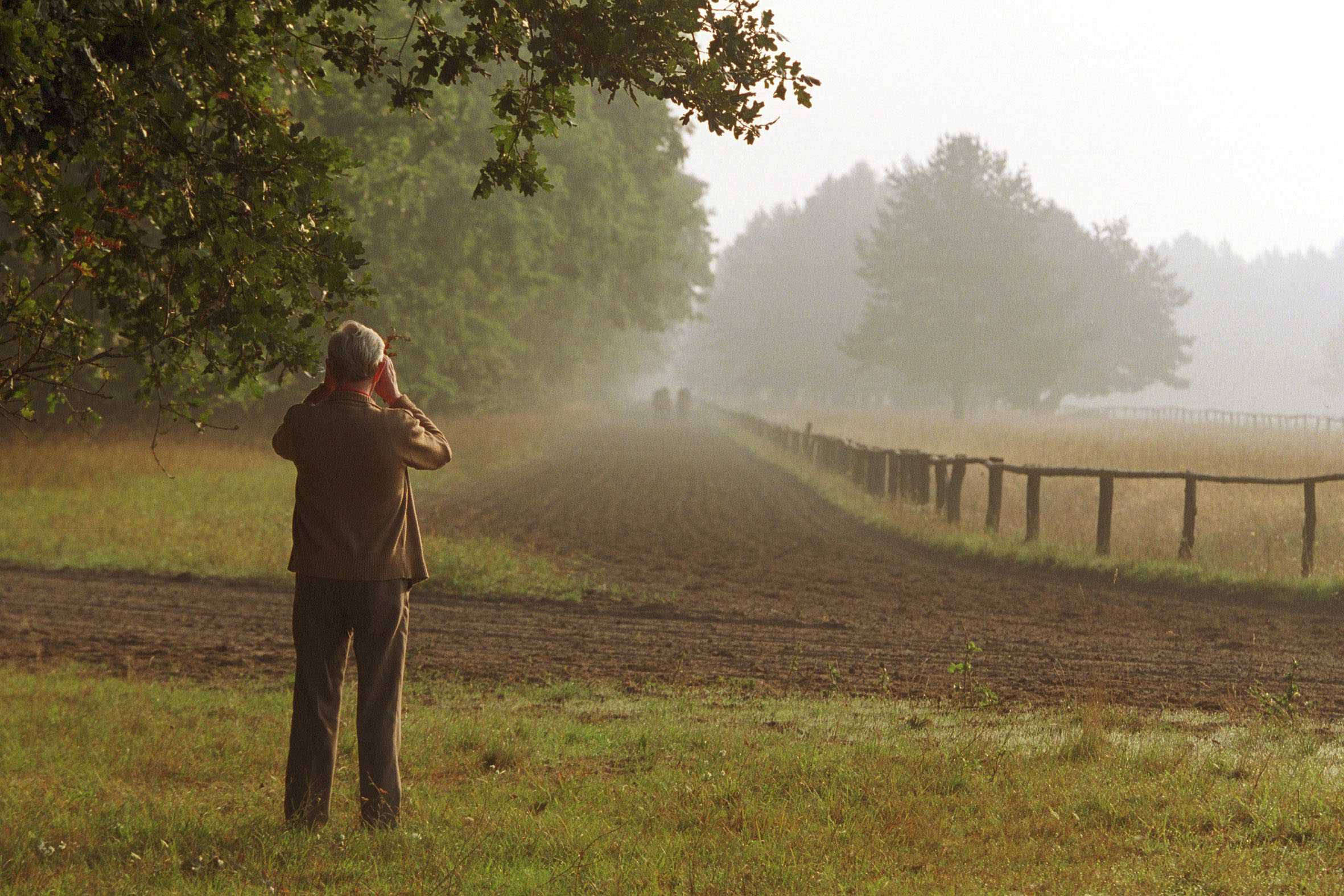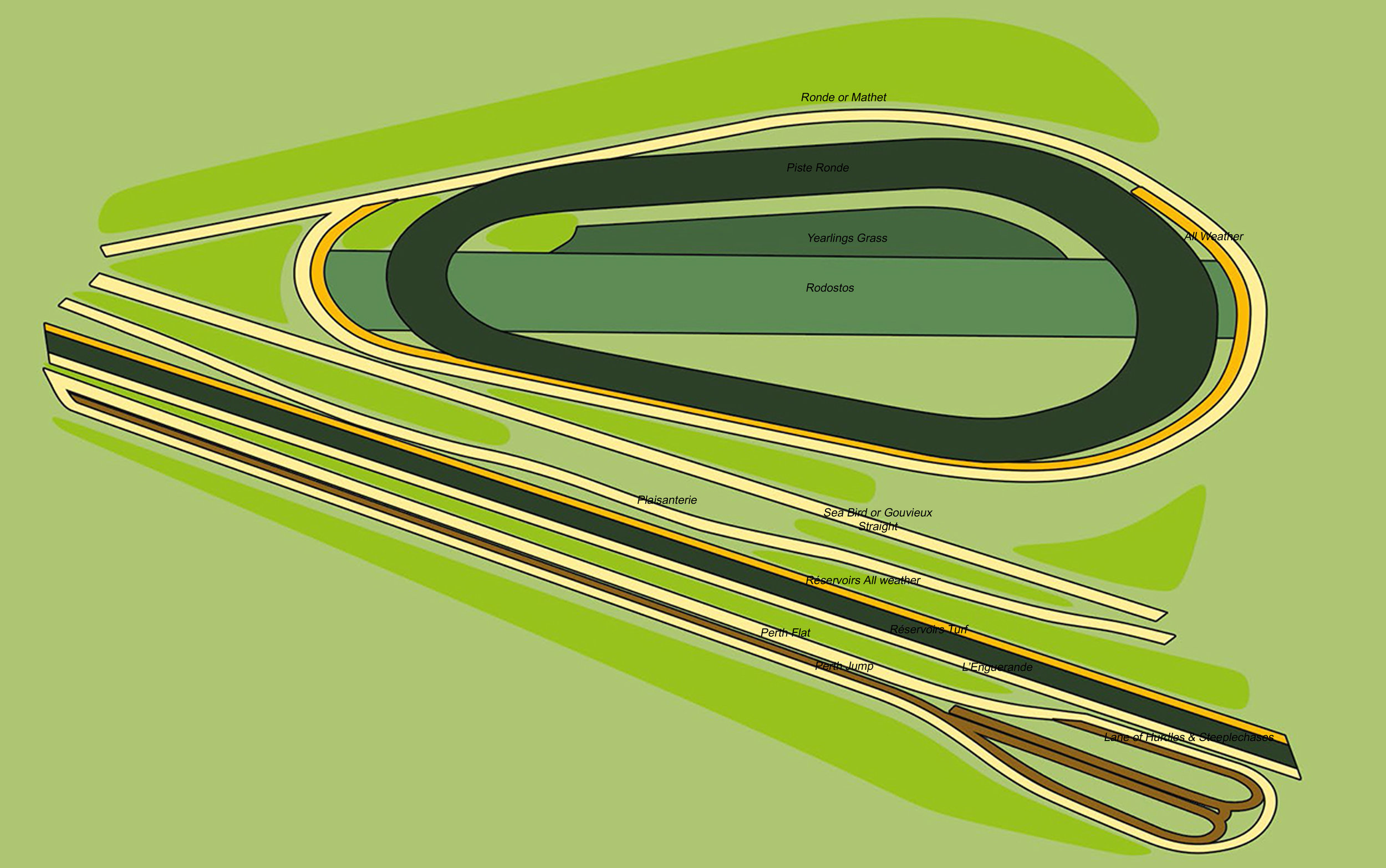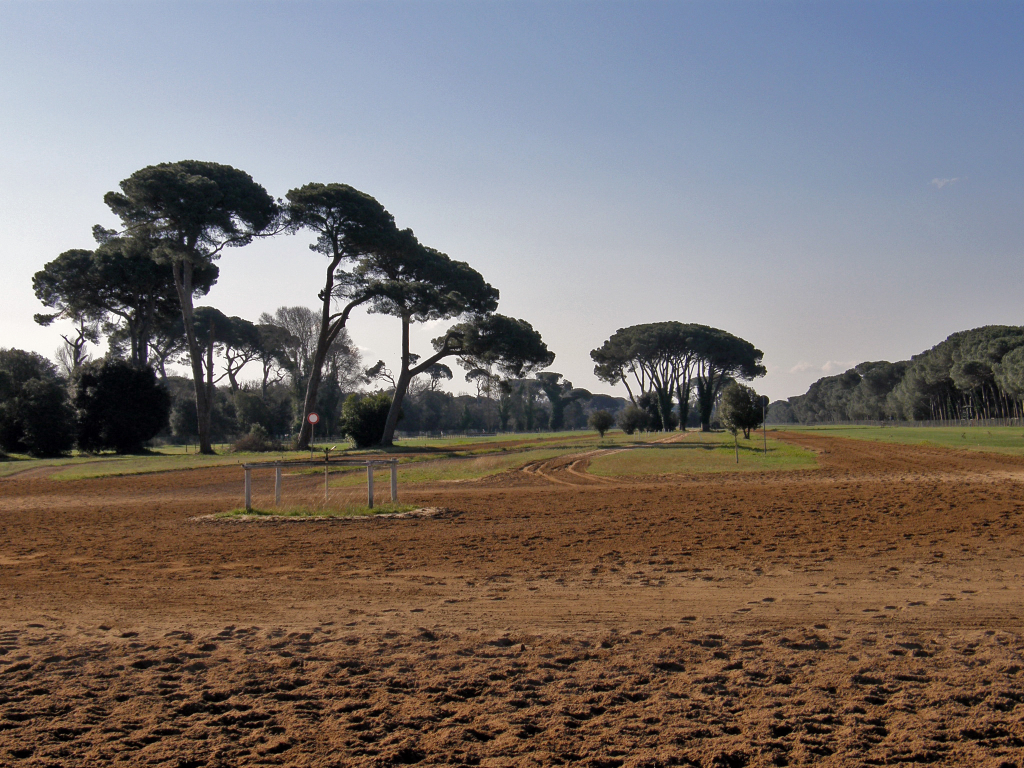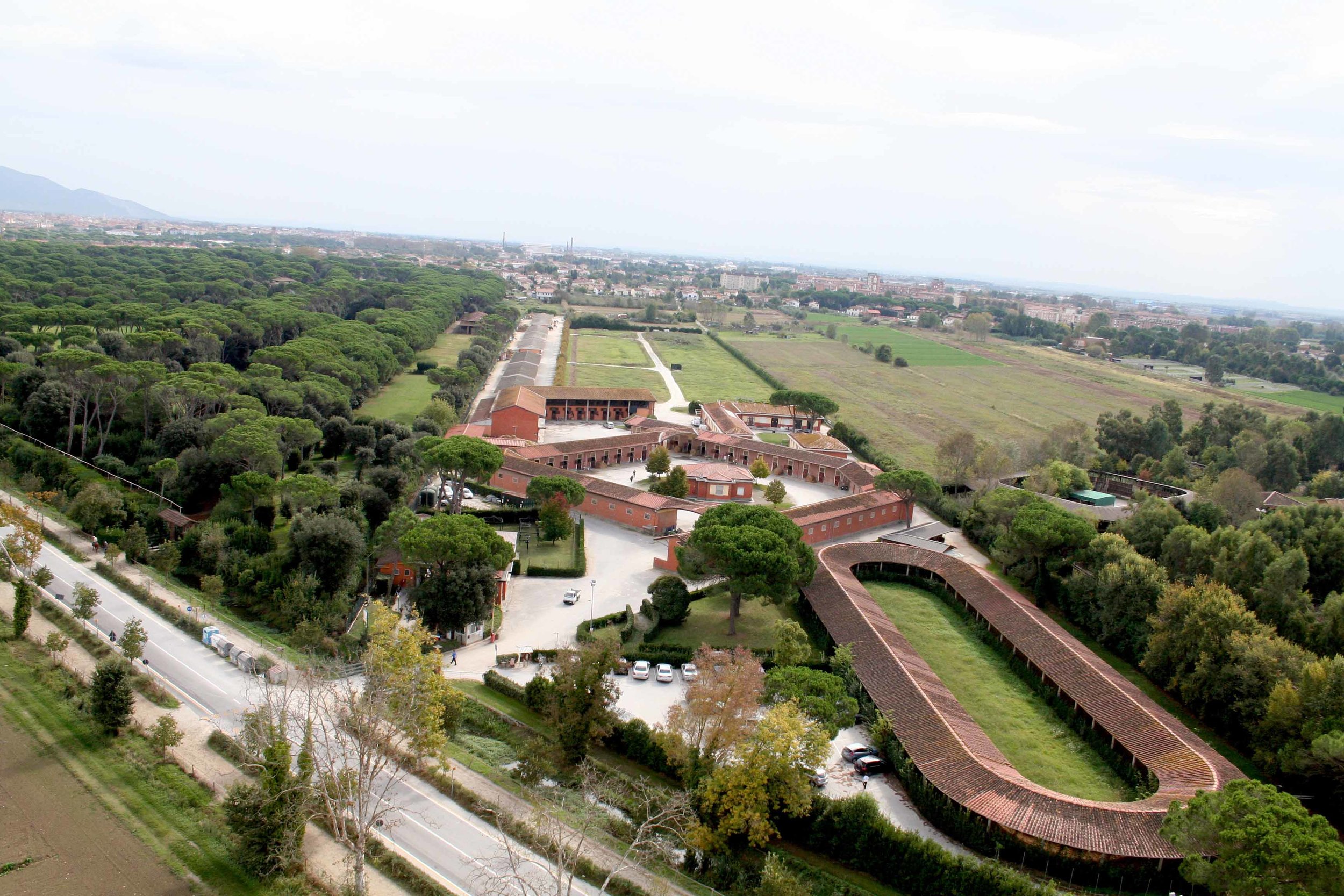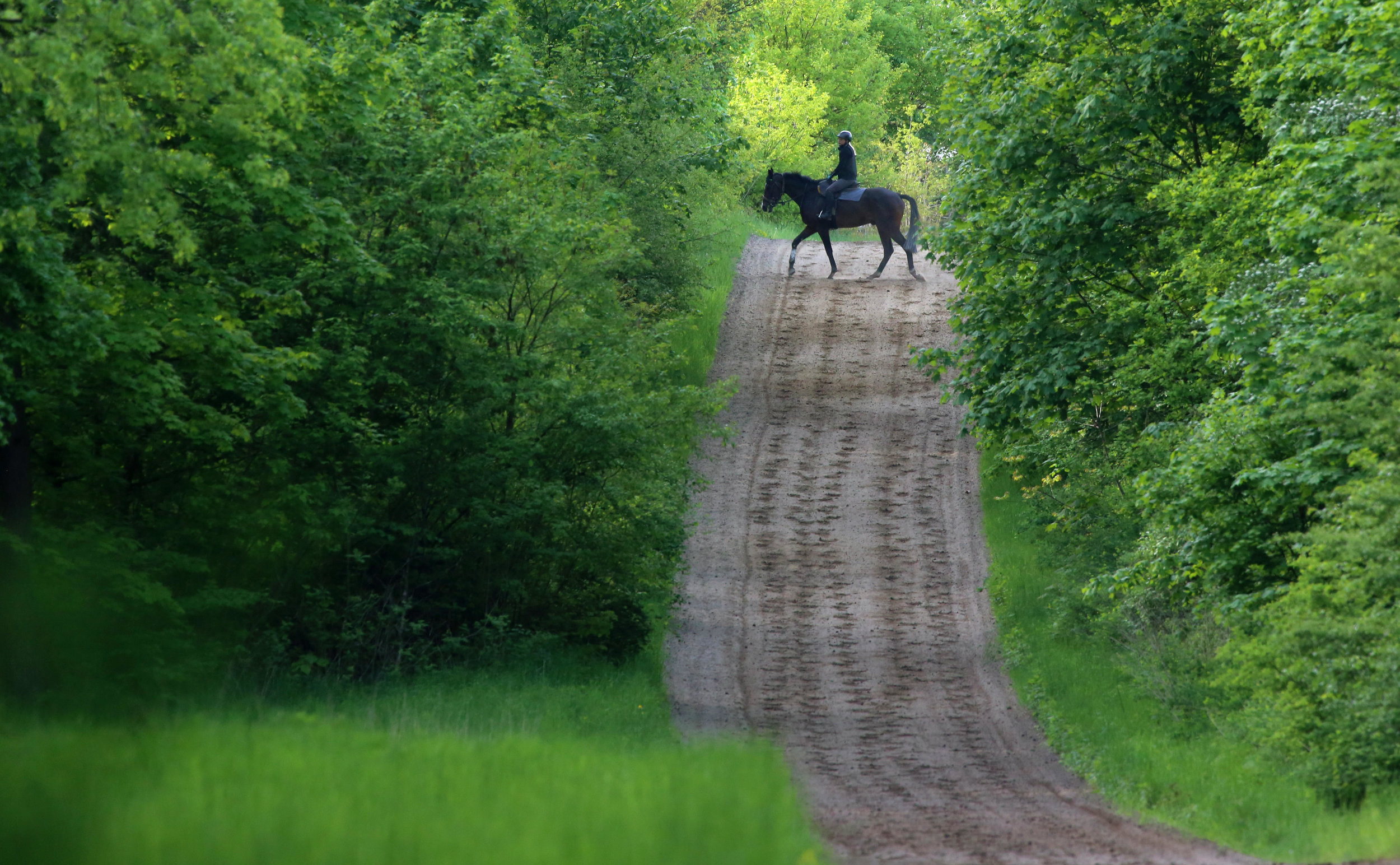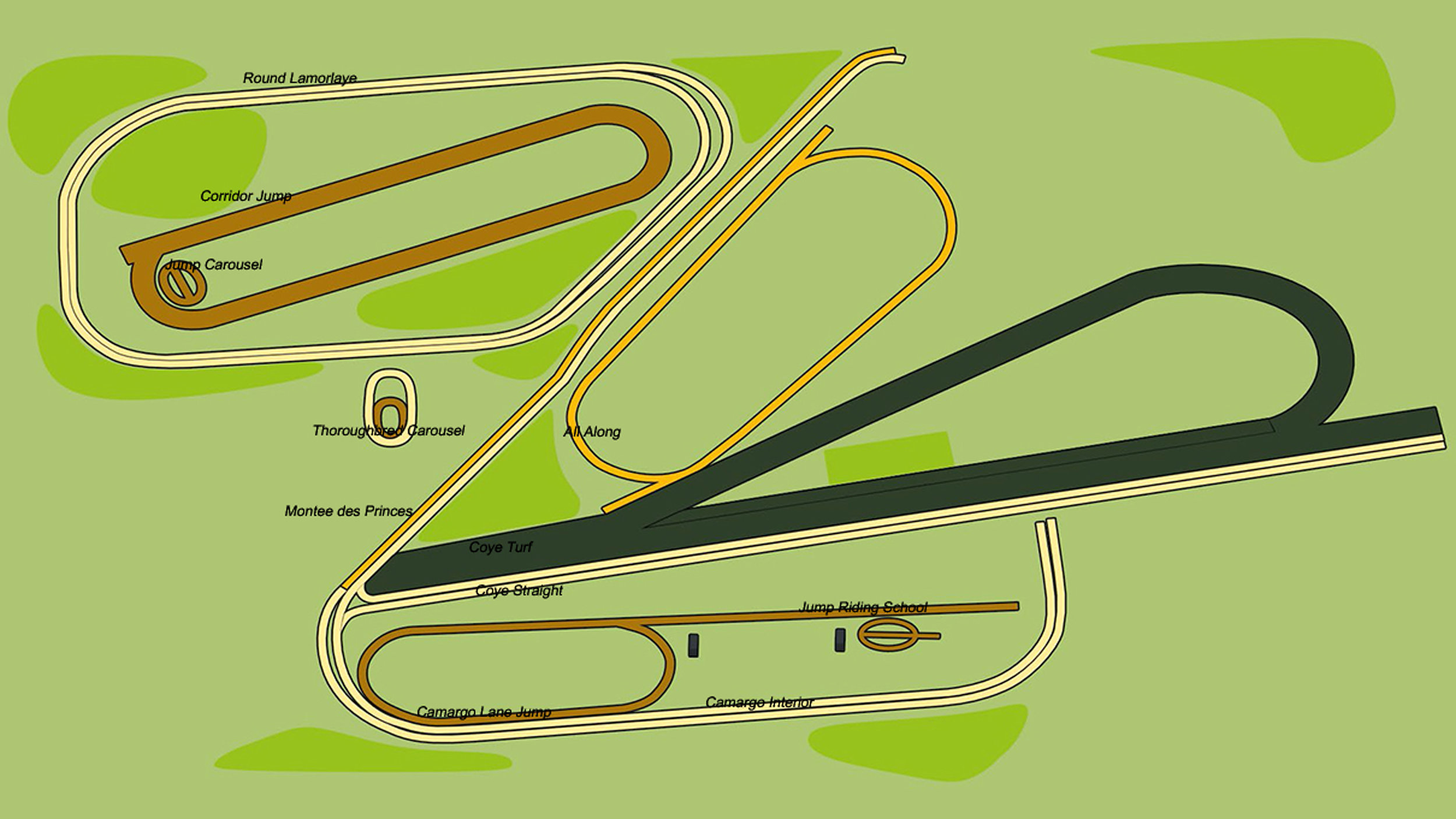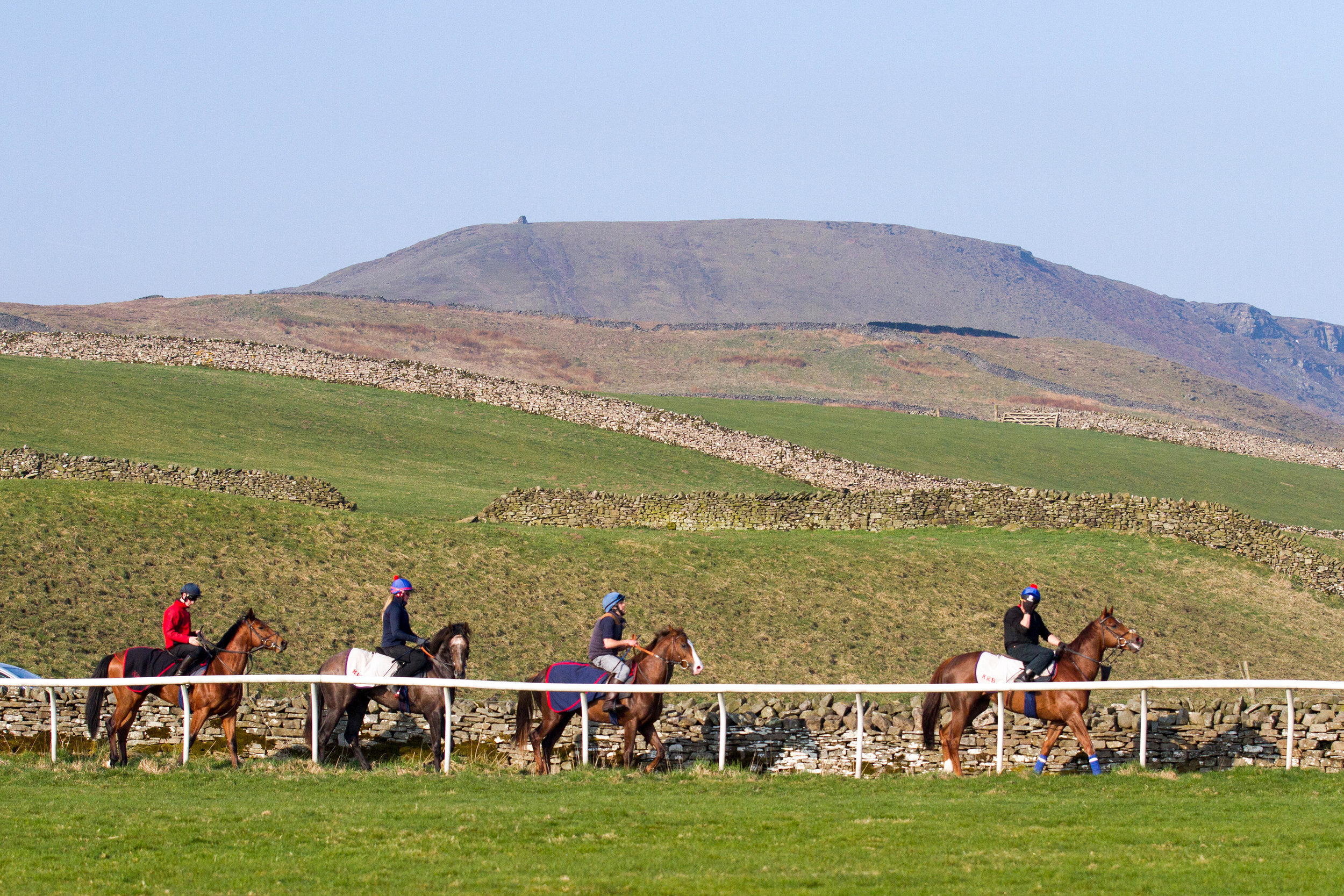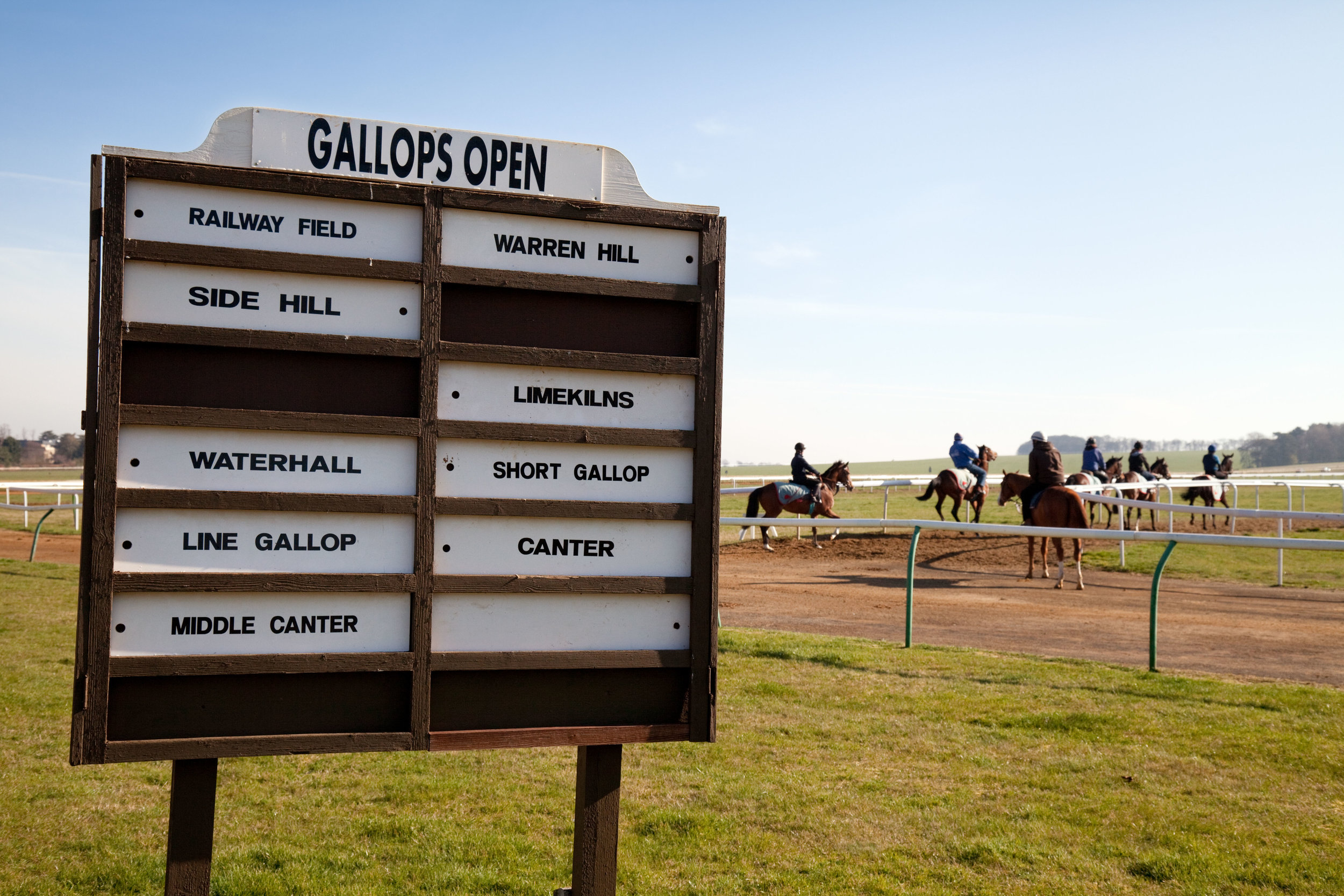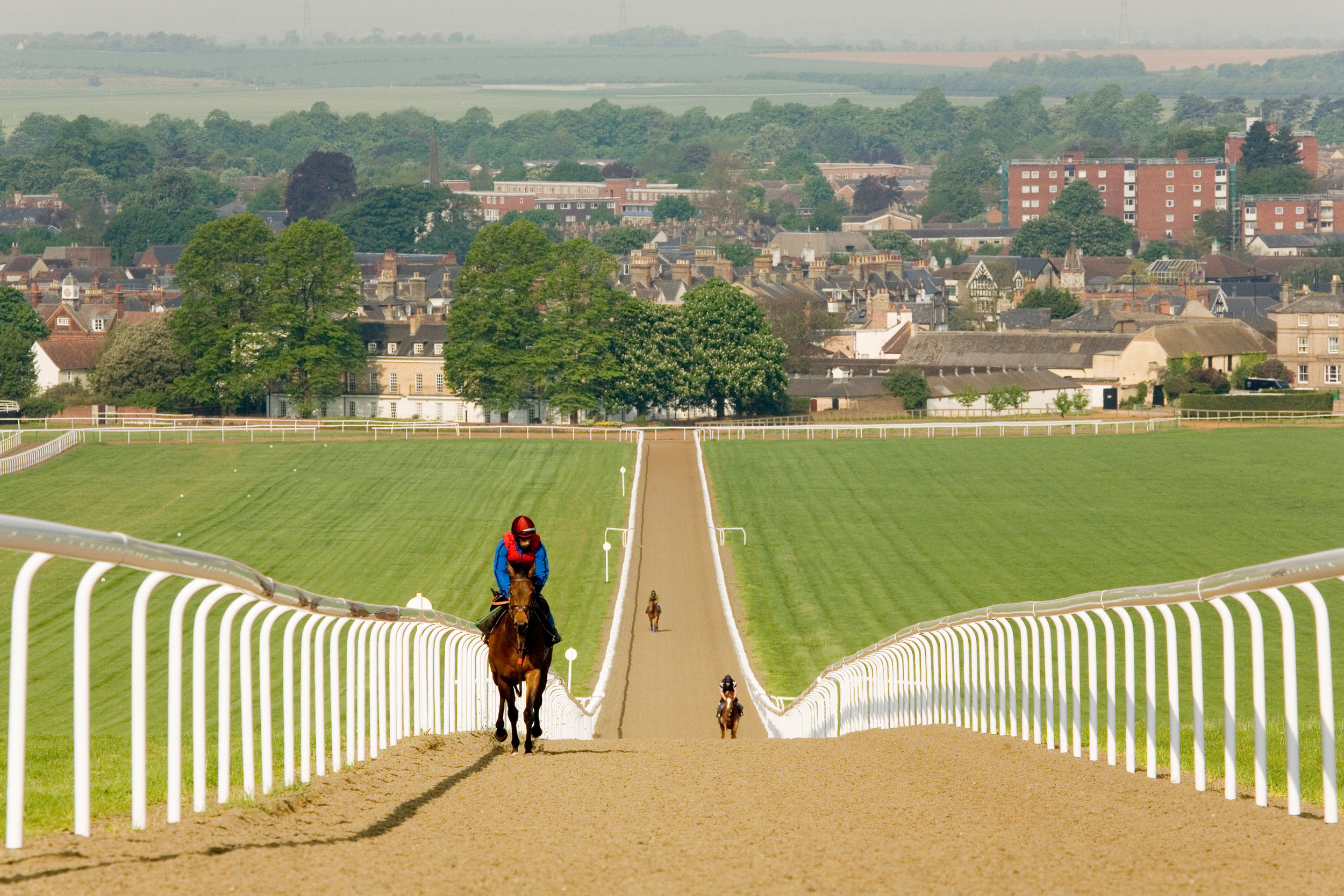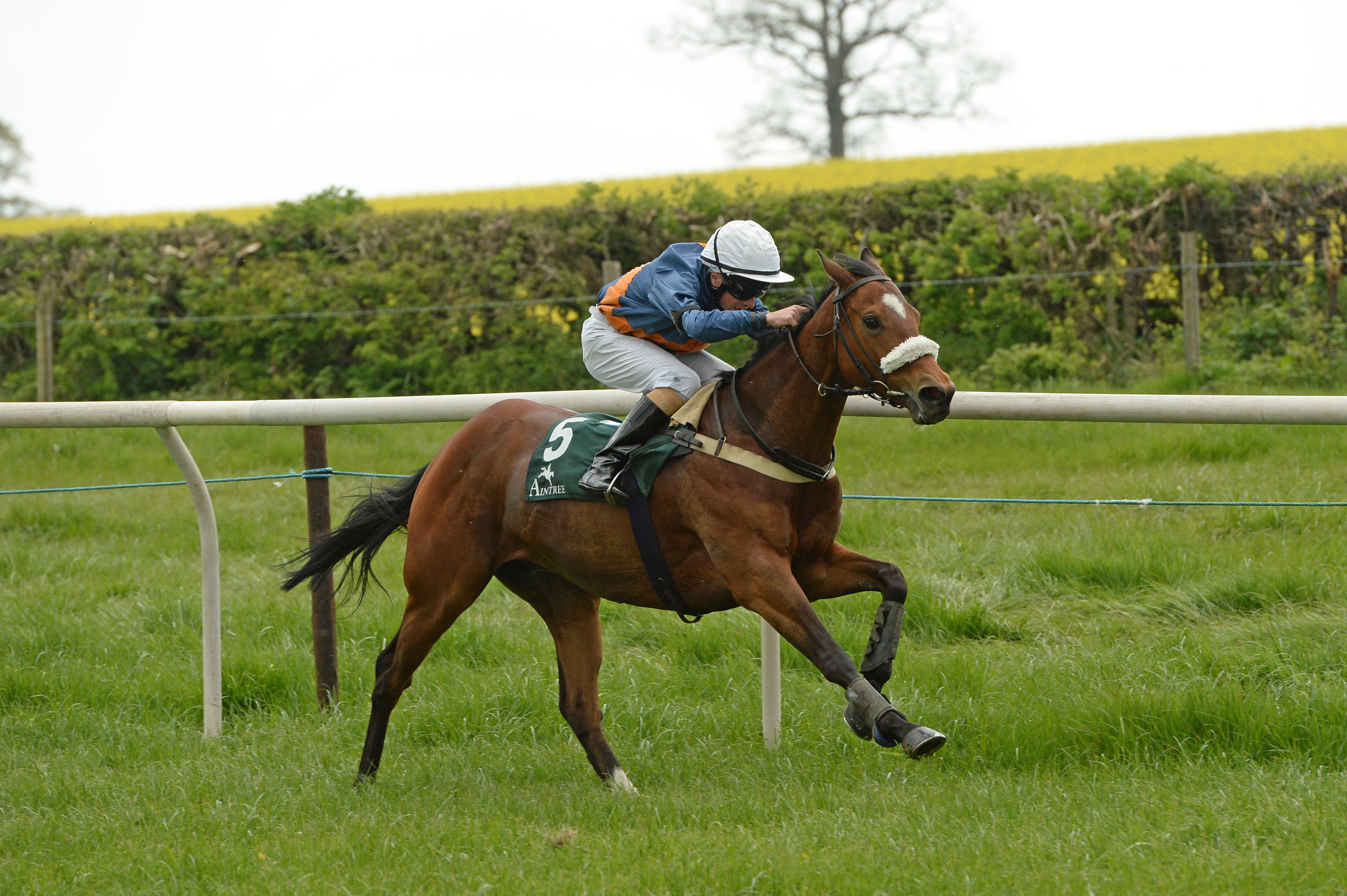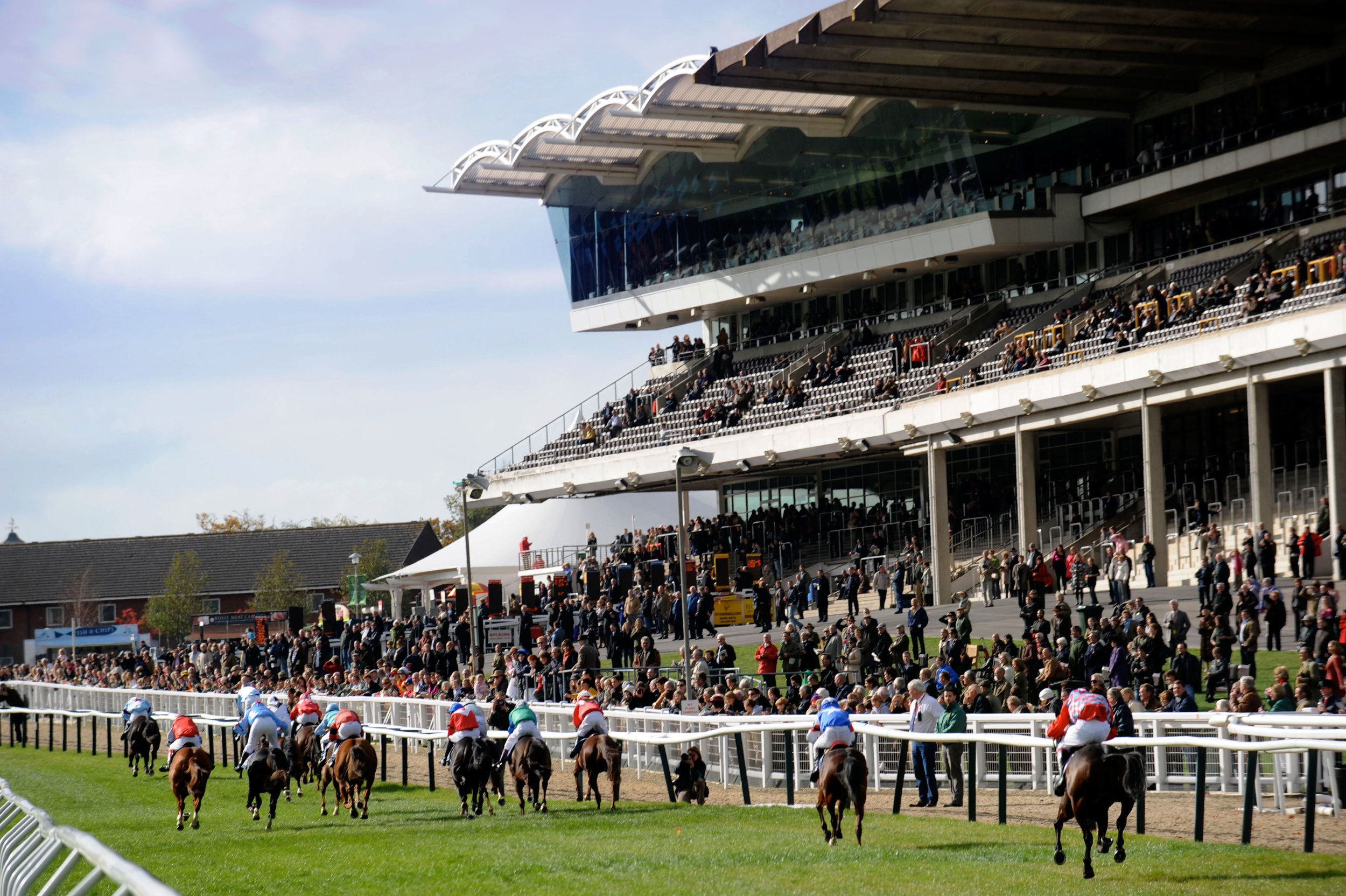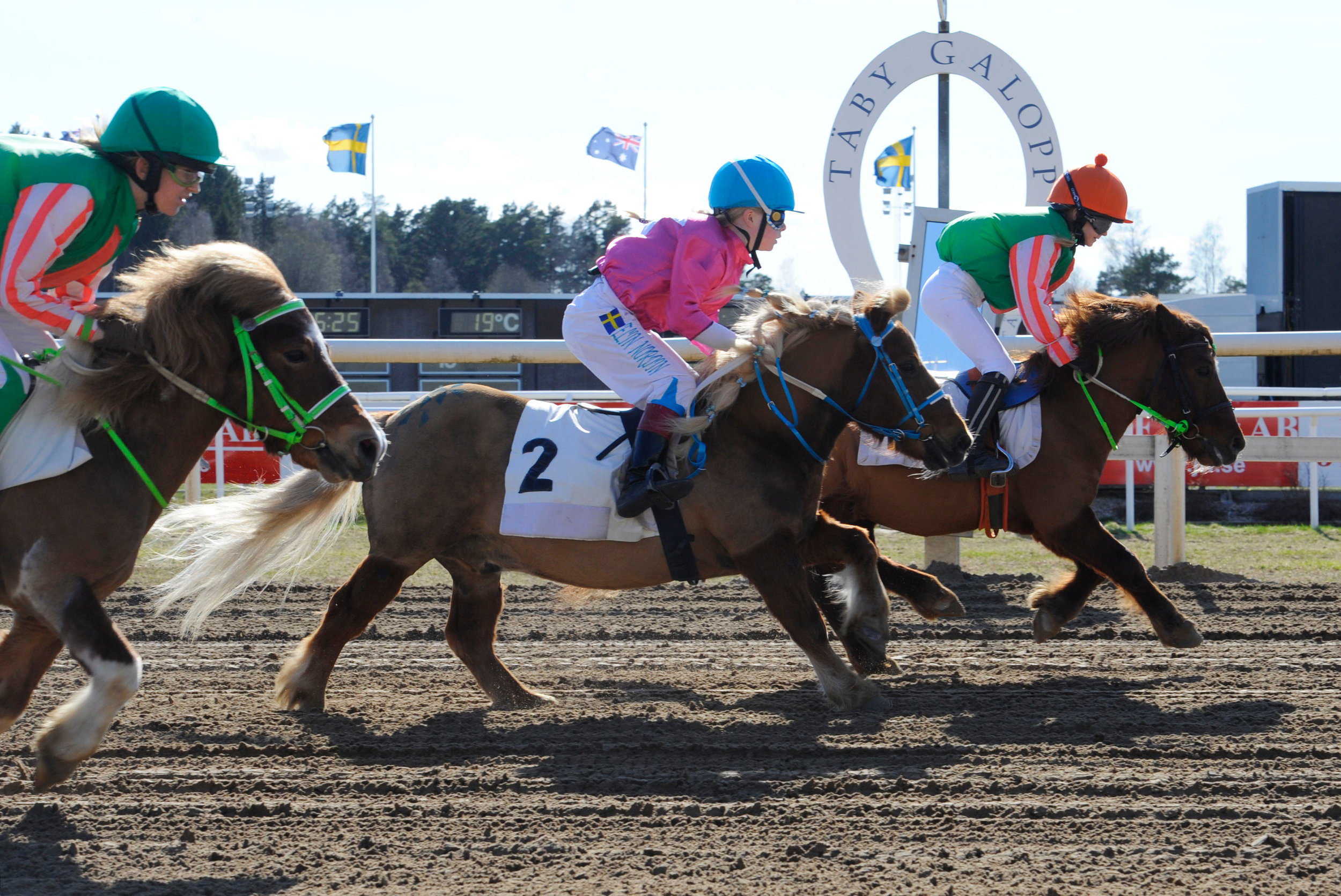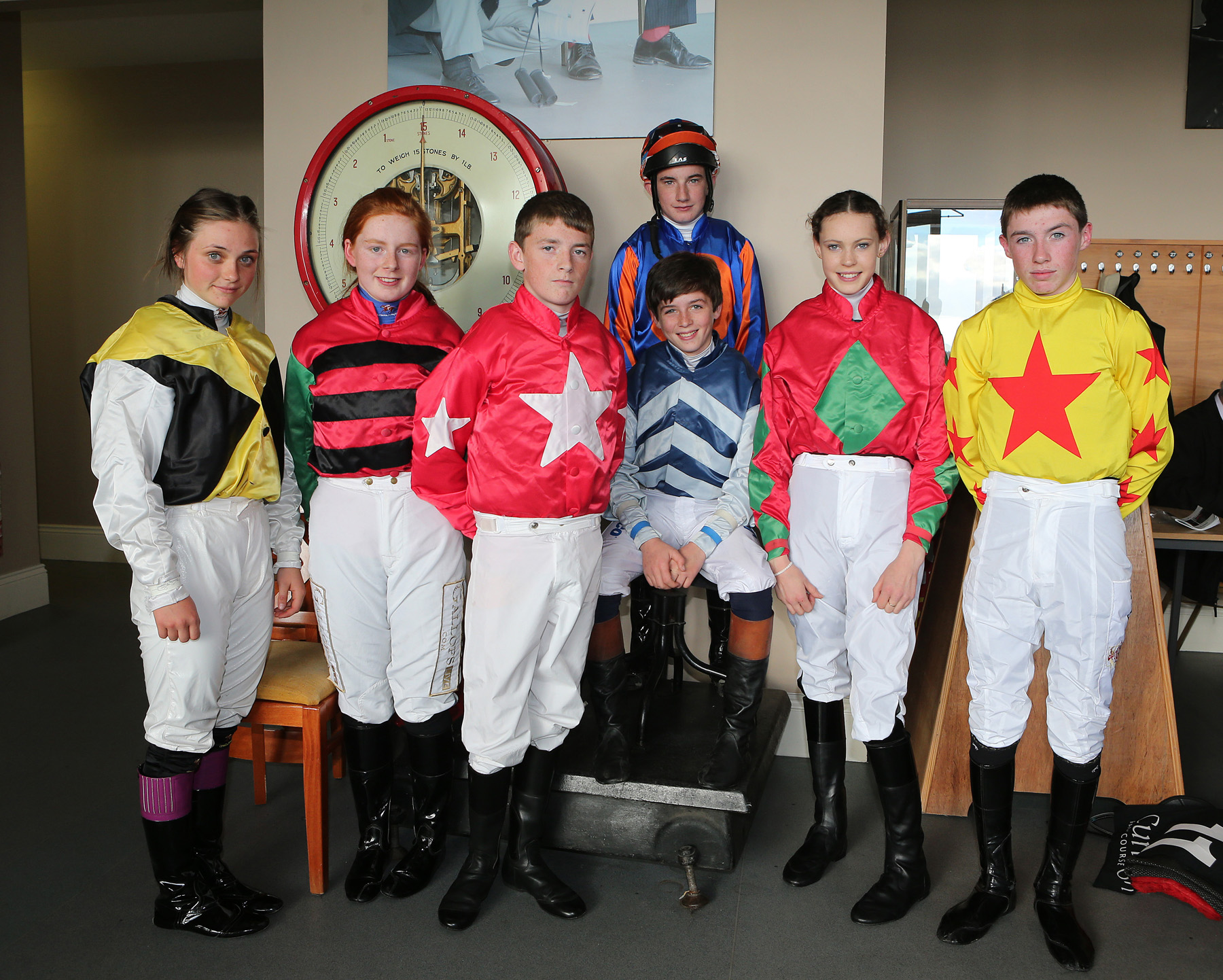Staff Focus – You are Only as Good as Your Team
/Published in European Trainer, January - March 2018, issue 60.
A major challenge facing trainers throughout Europe is the attraction and retention of skilled riders and grooms. Trainers are competing with many other industries, and fewer people favour the type of work offered in a racing yard, which means that trainers need to be more innovative and proactive when it comes to staff management, retention, and recruitment.
Entries for the Lycetts Team Champion Award in Britain closed on 1st December, but for those who didn’t enter, and for trainers in the rest of Europe, it is not too late to examine the aim behind the inaugural award and use the judging criteria to establish a team of excellence in your own yard.
The idea behind the Lycetts Team Champion Award is to reward the stables with good employment practices in place creating the best team ethos, and it is an initiative that will hopefully combat the long-term stable staff crisis affecting many yards. The award is judged on the methods trainers use to attract and retain staff, plus the safe working practices employed. The winning team receives an item of infrastructure or equipment that will improve working life within the yard.
It is hoped that the stories emerging from the award will publicly celebrate the benefits of teamwork and demonstrate that racehorse trainers provide rewarding and well-supported jobs, and this is an ethos that can be easily extended beyond the award itself...



